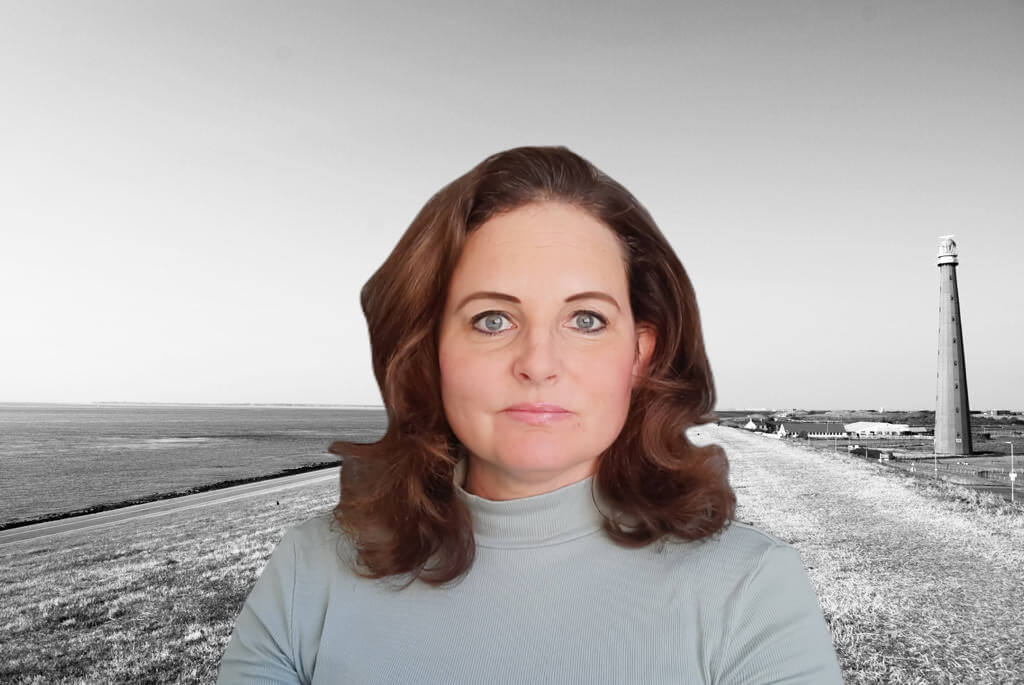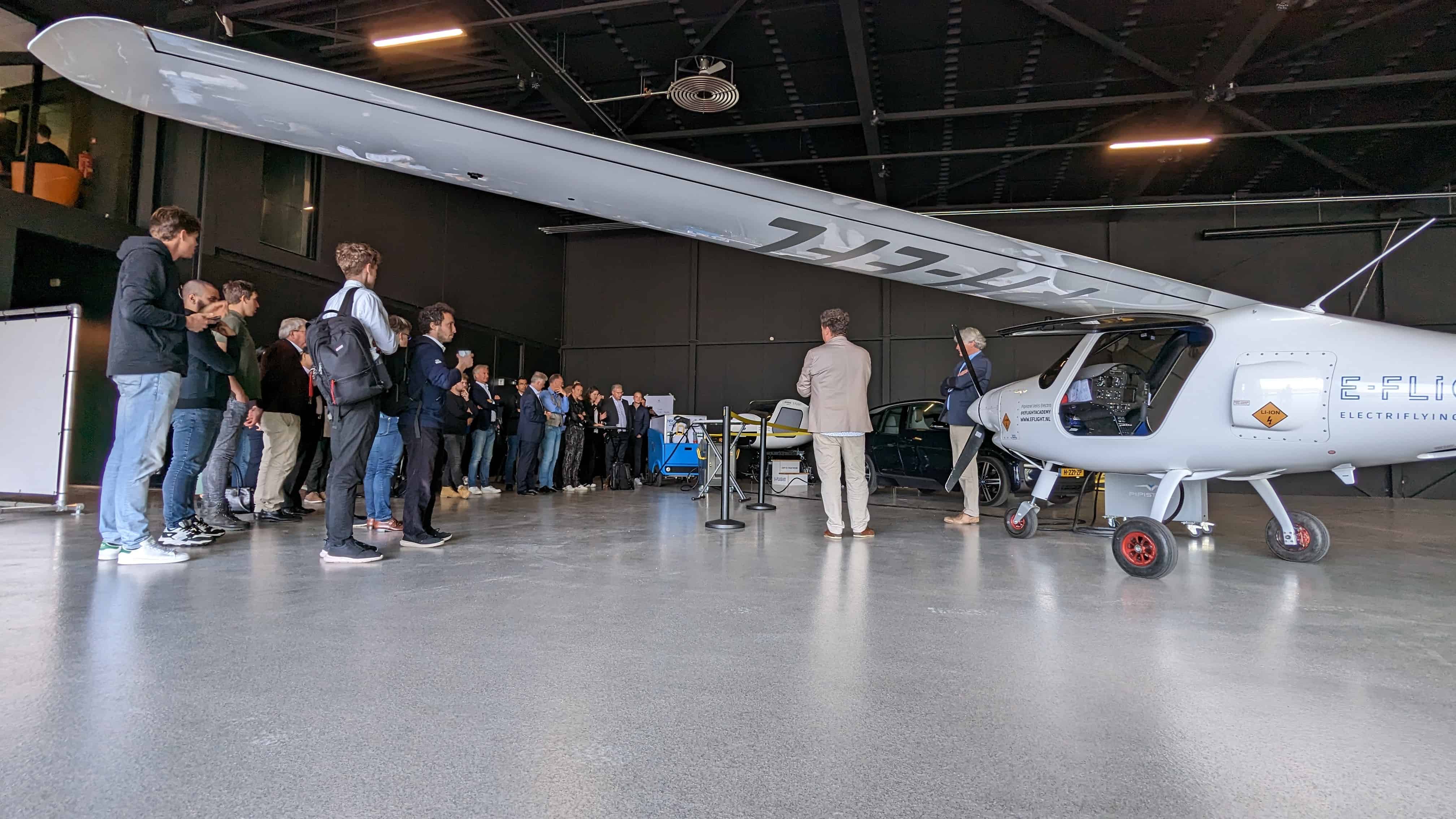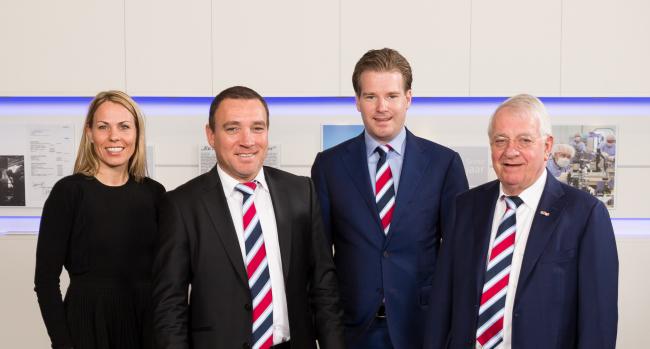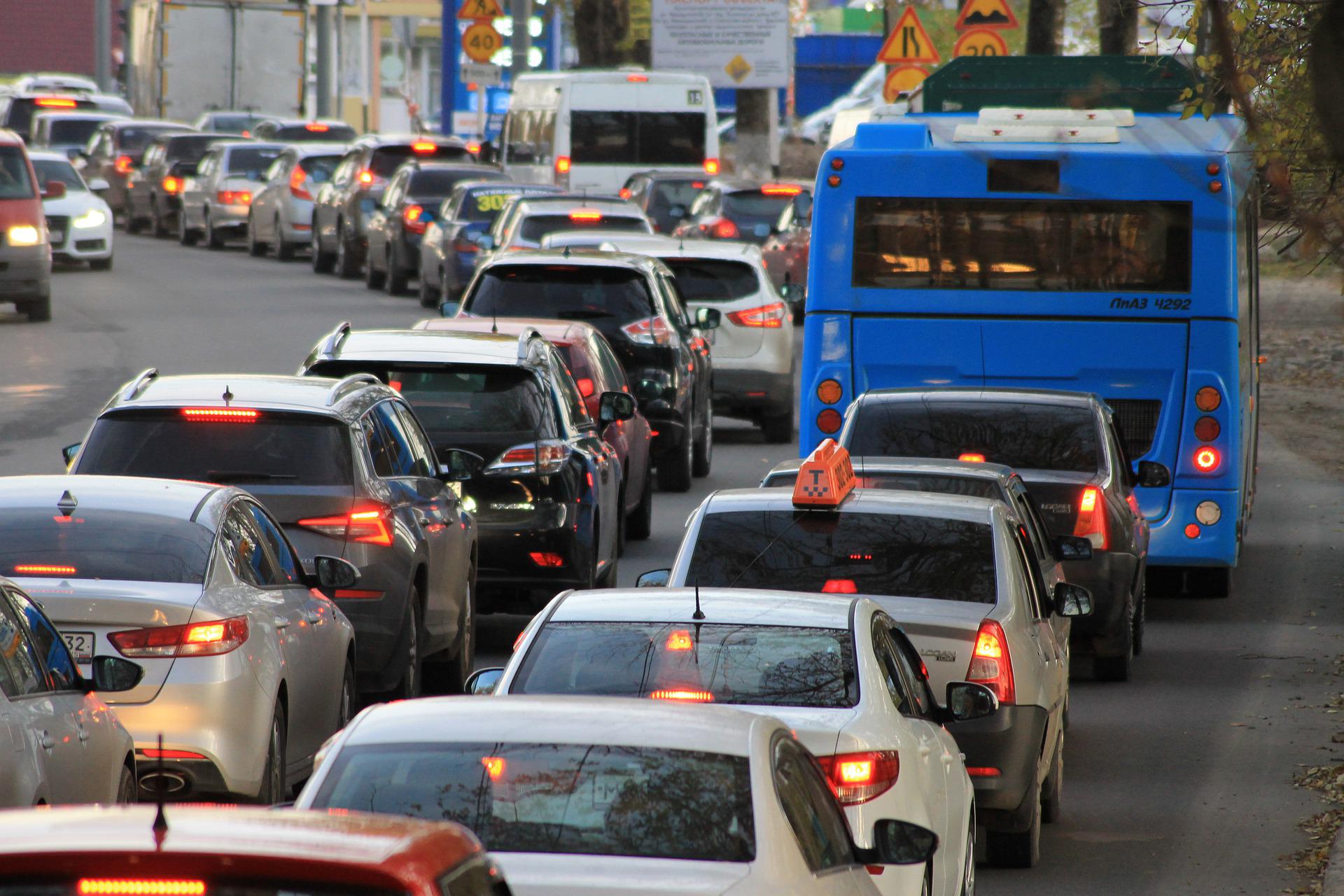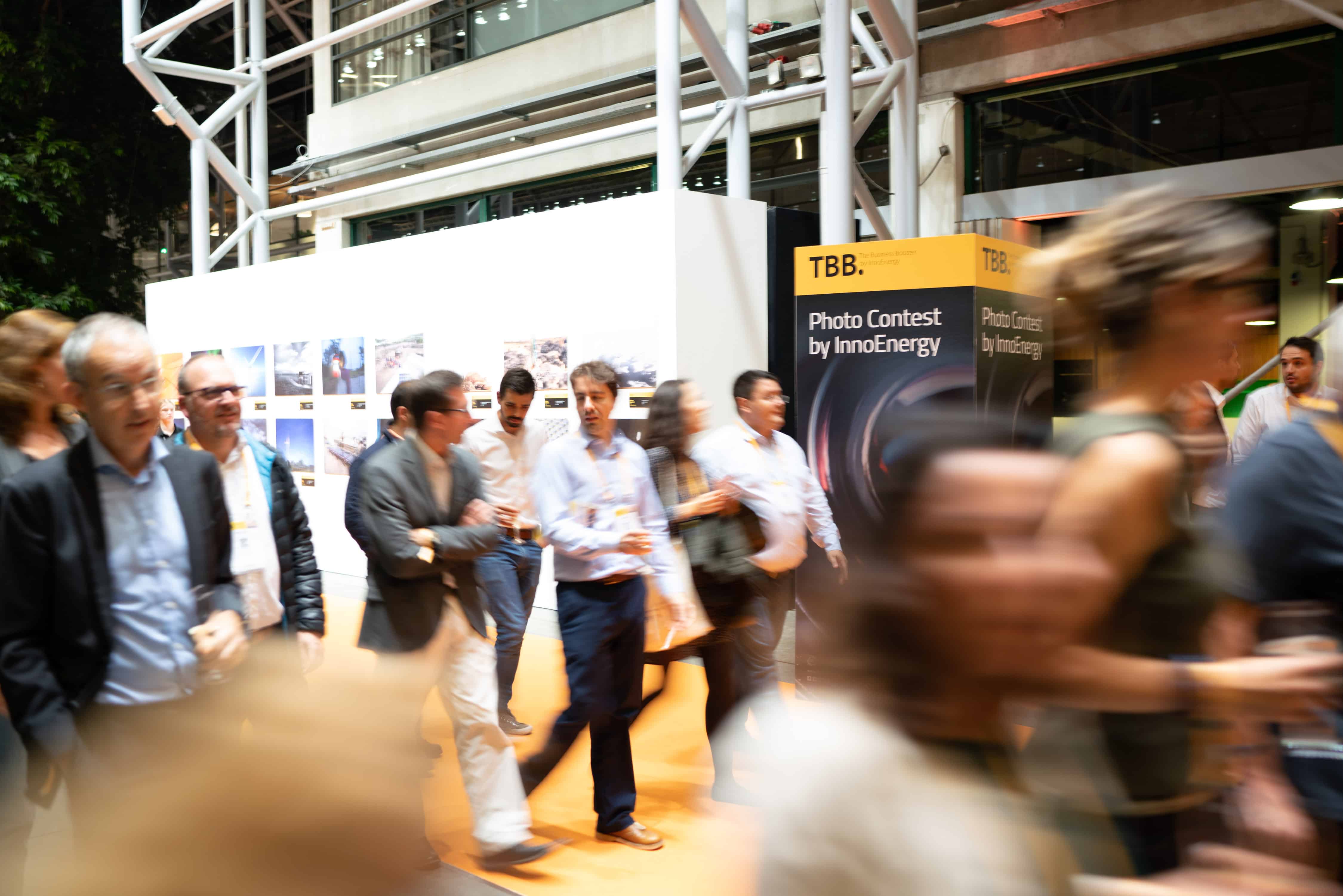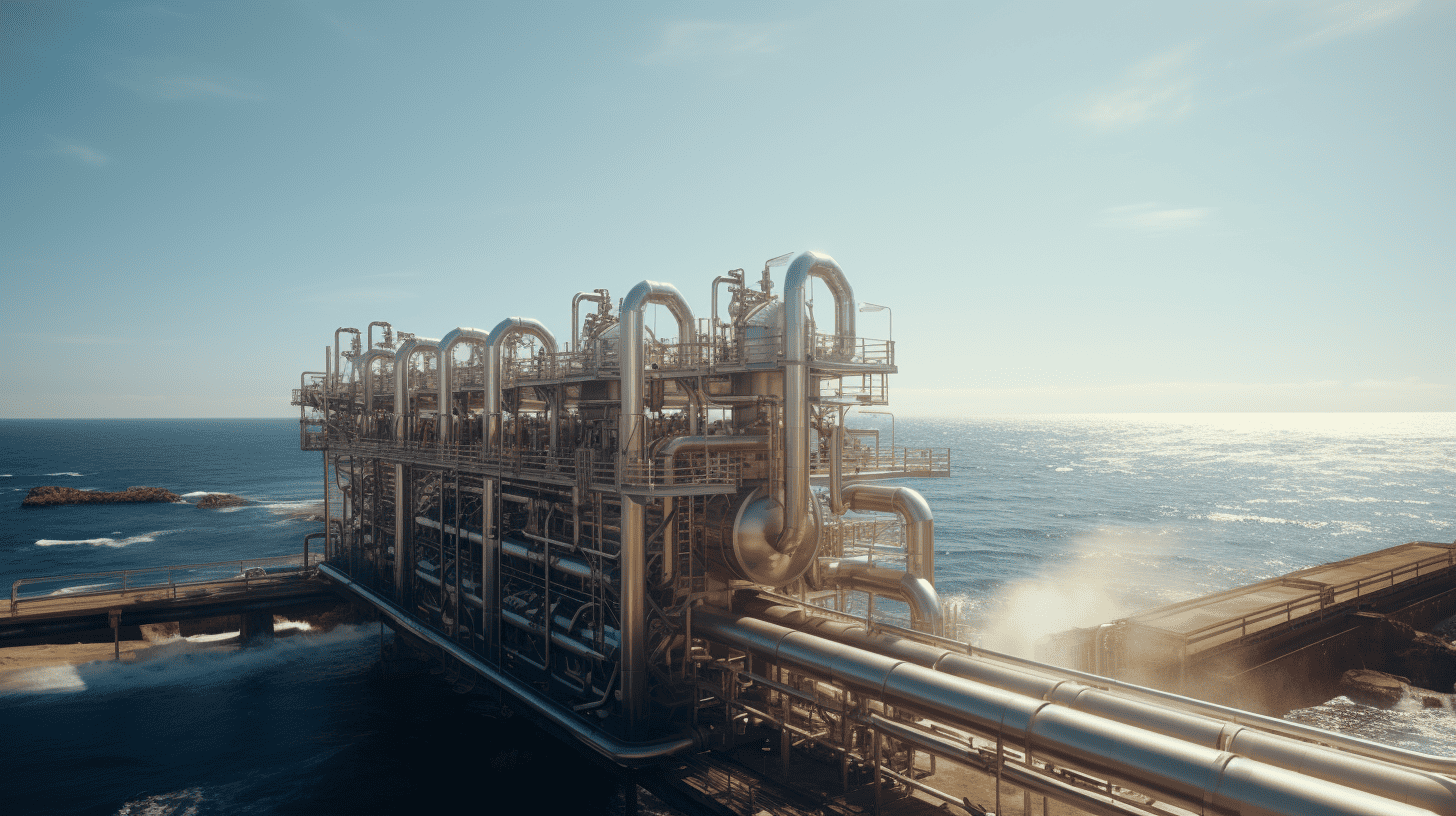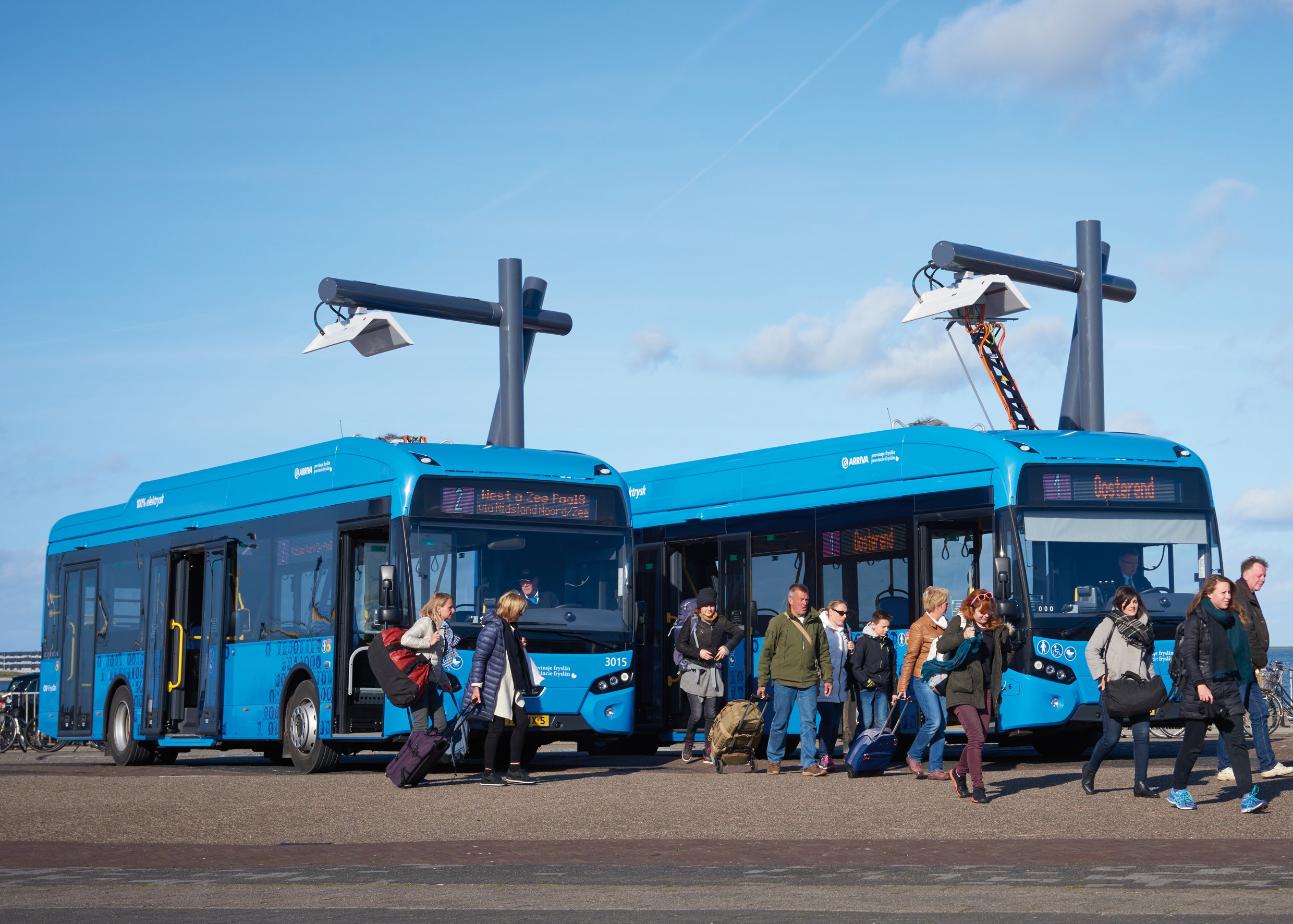
“The whole principle of mobility is going to be overhauled in a huge number of areas,” says Paul van Vuuren, executive vice president of international industrial family business VDL Groep. “Exactly how that will look, we are not sure, but it is clear to us that we will continue to play an important role here.” VDL Groep.
Disruptive developments
VDL Groep has long since ceased to be exclusively a manufacturer of vehicles. The company has developed into a full-service supplier that is helping to accelerate the energy transition. In that respect, VDL has been active in electric transport for more than 25 years. During the Dutch Technology Week, Menno Kleingeld, CIO of VDL Groep / Automotive Technology, will elaborate further on this.
Van Vuuren continues: ” It is mainly about meeting the rising need for mobility in a way that is sustainable. In the process, we need to make sure there is continuity as well.”
Van Vuuren feels that various disruptive developments in the mobility world will lead to far-reaching changes over the coming years. New technologies will have to be harnessed to facilitate our evolving personal need for transportation. Mobility as a Service (MaaS) will become more and more prevalent. This latest development means that users can plan, book and pay for their own mobility services.
Mobility evokes emotions
Commenting on the upcoming changes, Van Vuuren notes: “Look at autonomous driving, connected driving and the electrification that these entail. All these robust developments will mean that we will have to deal with mobility in a totally different way. Many large and smaller vehicles will also have to be electrified if cars with combustion engines are no longer allowed to drive in cities.”
“What’s more, having a car is no longer a given for young people like it was for those from earlier generations. The emotional attachment that these older generations have to cars will start to wane. You don’t even want to have a car anymore, especially if you live in Amsterdam. But you do want to be able to use one whenever you need to. And if it can also drive autonomously, you can just sit back and do your work in your passenger seat.”
New generation of public transport electric busses: VDL Citeas
Van Vuuren cites an example of the role VDL is playing in these developments: “We have always had some kind of connection with mobility from the supply side. We’ve grown exponentially in recent decades and have designed our own electric buses, among other things. So far, we have already driven more than 100 million kilometers electrically throughout Europe with our 800 electric buses. That is a lot. That puts us in the European top five in electrified public transport. We are now poised to launch a whole new generation of these VDL Citeas.”

The future of mobility
Not only does VDL have a solid position within the bus world, it is also paving the way in the field of other heavyduty vehicles, such as trucks, automated guided vehicles (AGVs) and transport vans. One of the projects it is working on with DAF is the eTruck. Van Vuuren hopes to announce more about these new developments in the near future.
At the same time, VDL Translift is working on innovative waste collection systems. The electric garbage truck with side loaders are a prime example of this. “These innovations are very important for a cleaner living environment,” van Vuuren states.
When it comes to that future, he notes: “The world is changing so much that everything traditional is up for discussion. A simple example: If we switch over to electric driving all the way, what should we do with all the engine factories that we have in the world? Then at the very minimum factories will have to be set up to manufacture electric powertrains. This transition had already been initiated by Tesla, a forerunner in the field. Tesla is already advancing to the next generation of batteries.”
According to Van Vuuren, the need for electric IT-driven cars in combination with the right kind of batteries is significant. “That is a gigantic challenge and it will lead to a huge transformation of the automotive industry. It also means that traditional carmakers will have to reinvent themselves. That’s where the greatest challenge lies as far as I’m concerned. If you can free yourself from that traditional mindset and look more closely at the actual needs of people, I think you’ll eventually come out on top.”
Battery technology
The VDL Groep also intends to focus on the establishment of assembly lines for batteries. Van Vuuren says of the current battery technology: “For the electric city bus that we are going to launch, we looked very carefully at the particular needs of all those involved. That includes the needs of the drivers and the passengers. We made several improvements based on that.”
One of these upgrades involves making the bus lighter by installing composite sidewalls. “With less weight, the bus can cover more miles,” Van Vuuren goes on to explain. ” What’s more, the batteries will be placed in the floor instead of on the roof. This makes the bus more stable and gives it much better handling performance. In addition, a great deal of attention is being paid to optimizing the battery charge for a range of vehicles: “At the end of the day, we all want to go on vacation again. Then you don’t want to have to stop every 200 kilometers to recharge the battery. We also plan to keep on making contributions within the world of energy and sustainability.”
Solar Team Eindhoven
Solar Team Eindhoven is also working on a project to inspire and shape the future of mobility. They are currently building a mobile house powered by solar energy. They prefer not to use the word camper, explains Tijn ter Horst of the Solar Team. “We just wanted to drag it away from that old, jaded word ‘camper’. Because in our mobility project, life and solar energy all come together. We’ve called it a SHOW.”

European tour
European tour
SHOW stands for Self-sustaining House On Wheels. The aim is for SHOW to hit the road in September 2021. “The outside of the car is finished already but the inside still needs to be done,” Ter Horst said. “In September, we want to go on a tour of Europe with the whole team. We will start in Eindhoven but the final destination is still a secret. What I can reveal is that we are driving towards the sun. We will reveal more and more information about the route over the coming months.”
Living and working efficiently
In order to make it possible to work and live in the solar house, the interior space – just like in a Tiny House – has to be arranged as efficiently as possible. Solar Team member Charlot Felderhof explains: “Efficiency is the most important thing for the future of mobility. There is as little air resistance as possible due to the aerodynamic shape of the vehicle. This means that the lowest possible amount of energy is consumed. The interior will be fitted with lightweight and sustainable materials. All in all, it was still a pretty tricky puzzle. Yet by totally abandoning existing designs, we were able to look at it with a whole new and fresh perspective.”
A small version of the future
Felderhof hopes that ten years from now that the whole world will be using all the potential that self-generated energy has to offer: “We create the future by showing others what is already feasible. It’s important that people become aware of the fact that energy is not something we can take for granted. So the SHOW is actually a small version of how we see the future. We also hope to use it to accelerate the energy transition.” Ter Horst adds, “Our primary goal is to inspire. We want to shake up the market and encourage others to make a SHOW.”
Events in the field of mobility during the Dutch Technology Week
For education:
Speed dates education – tech companies
During the DTW, online speed dates will take place between secondary school students and high-profile tech companies via the DTW Online Platform. This enables the students to talk directly to professionals. What does their profession entail and what does their working day look like? Which studies did they do? And what does working for a technology company mean, what could students do there in the future?
Building a car yourself and discovering technology in a playful way during the Dutch Technology Week. A special teaching package has been designed for this purpose which schoolchildren can get to work on.
For students and professionals:

The rise and development of zero-emission heavyduty e-mobility
World players in the automotive industry talk about the future of mobility
If you ask people about our economic strength in The the Netherlands, they invariably mention our agriculture, followed immediately by the Port of Rotterdam, Schiphol Airport and flowers. Rarely does ‘automotive’ get a word in edgeways. And yet ……
On the way to cleaner road transport
On the way to cleaner road transport, what are the developments surrounding the various alternative powertrains? And what do these new technologies, new regulations and new applications of transportation mean for the employees of the future?

